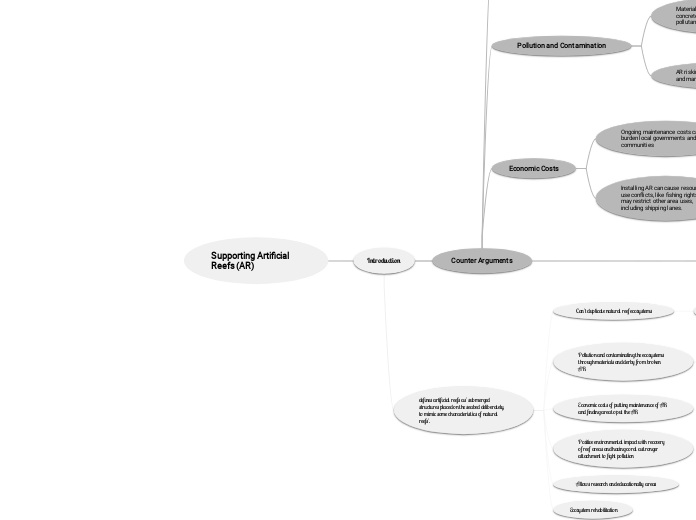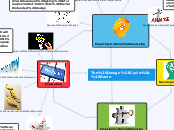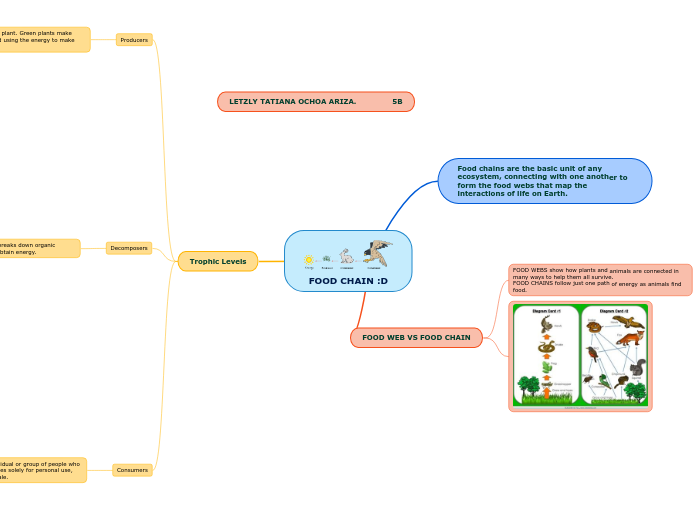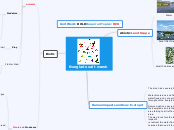Supporting Artificial Reefs (AR)
Start your book report by typing in the Title and Author of the book you are presenting!
Literature
Finally, use this topic to write down your personal opinion of the book!
- Did you enjoy it?
- What worked for the story and what didn't?
- Why?
Sutton, G. S., Bushnell L. S. (2007). Socio-economic aspects of artificial reefs: Considerations for the great barrier reef marine park. Ocean & Coastal Management, Volume 50(Issue 10), 829-846. https://doi.org/10.1016/j.ocecoaman.2007.01.003.
Pollution and Economics
Raj, K.D., Mathews, G. & Edward, J.K.P. (2020). Long-term benefits of artificial reef modules for reef recovery in gulf of Mannar. Southeast India. J Coast Conserv 24, 53. https://doi.org/10.1007/s11852-020-00773-5
Ecosystem Rehabilitation, MA - Environmental impacts
Pickering, H., Whitmarsh, D., & Jensen, A. (1999). Artificial reefs as a tool to aid rehabilitation of coastal ecosystems: Investigating the potential. Marine Pollution Bulletin, Volume 37(Issues 8–12), 505-514. https://doi.org/10.1016/S0025-326X(98)00121-0
Introduction, Ecosystem Rehabilitation
Layman, C. A., Allgeier, J. E. (2020). An ecosystem ecology perspective on artificial reef production. Journal of Applied Ecology, Volume 57(Issue 11), 2139-2148. https://doi.org/10.1111/1365-2664.13748
Environmental impacts
Kirkbride-Smith, E. A. (2014) The economic, social and conservation benefits of recreation-orientated artificial reefs. file:///C:/Users/Alogt/Downloads/content-hull_11669a%20(1).pdf
Higgins, E. Mataxas, A., & Scheibling, E. R. (2022). A systematic review of artificial reefs as platforms for coral reef research and conservation. https://doi.org/10.1371/journal.pone.0261964
Ferse, S. C. A. (2008). Artificial reef structures and coral transplantation fish community responses and effects on coral recruitment in North Sulawesi, Indonesia. Center for Tropical Marine Ecology. https://www.researchgate.net/profile/Sebastian-Ferse/publication/27336288_Artificial_reef_structures_and_coral_transplantation_fish_community_responses_and_effects_on_coral_recruitment_in_North_SulawesiIndonesia/links/0a85e530e58ed9dc9b000000/Artificial-reef-structures-and-coral-transplantation-fish-community-responses-and-effects-on-coral-recruitment-in-North-Sulawesi-Indonesia.pdf
Fadli, N., Campbell, S., Ferguson, K., & et al. (2012). The role of habitat creation in coral reef conservation: A case study from Aceh, Indonesia. Oryx, Volume 46(Issue 4), 501-507. doi:10.1017/S0030605312000142
Research and Education, Ecosystem Rehabilitation
Clark, S., Edwards, A. J. (1999). An evaluation of artificial reef structures as tools for marine habitat rehabilitation in the Maldives. Aquatic Conservation: Marine and Freshwater Ecosystems, Volume 9(Issue 1), 5-21. https://doi.org/10.1002/(SICI)1099-0755(199901/02)9:1<5::AID-AQC330>3.0.CO;2-U
Cited in CA - Environmental impacts and MA - Environmental impacts
Abelson, A. (2006). Artificial reefs vs coral transplantation as restoration tools for mitigating. coral reef deterioration: benefits, concerns, and proposed guidelines. Bulletin of Marine Science, Volume 78(Issue 1), 151-159(9). https://www.ingentaconnect.com/content/umrsmas/bullmar/2006/00000078/00000001/art00013#
Conclusion
Keep track of the most important points in the story using the topics above.
You can use the notes to give a short summary of these events.
Rising action
The conflict of the plot is explored in the rising action. In this section of the story, things frequently 'become worse': a bad choice is made, the antagonist causes the protagonist harm, additional characters complicate the storyline further, etc.
The reader frequently learns important details of the past, and usually finds a deeper knowledge of the characters' motivations, the setting, and the ideas being addressed as the conflict develops.
Exposition
The exposition generally introduces the key fictional components, such as the plot, characters, and writing style.
Building the environment in which the conflict of the story takes place is the focus of the exposition.
My Arguments
Ecosystem Rehabilitation
Who are the secondary characters of the book? Are there any foils for the main characters amongst them? What do they bring to the story?
These AR deter trawling creating new habitats for various plants and animals, and benefiting fisheries management.
AR have seen successful and robust coral recruitment in areas previously affected by significant coral mortality
Research and Education
AR serve as educational tools for schools and research labs for marine scientists, promoting marine ecology research and conservation education."
- Who are the main characters?
- Are they flat or round?
- Do they have justifications for their actions?
- What are their motivations?
Use the notes to write more details about the characterisation!
Provides stronger attachments for corals
We can deduce that the widespread implementation of AR has become increasingly vital in expediting the recovery of reefs.
Counter Arguments
A book can span galaxies or single rooms. It can traverse through the past, present, and future, or can take place in a single day.
Type in the time and place of the action above.
Economic Costs
Installing AR can cause resource use conflicts, like fishing rights, and may restrict other area uses, including shipping lanes.
AR act as nurseries and feeding grounds, boosting fish populations and benefiting local fisheries, economically helping coastal communities.
Ongoing maintenance costs can burden local governments and communities
AR attract tourists, divers, and anglers, boosting the local economy through increased tourism revenue.
Pollution and Contamination
- Where does the action take place?
- Is it a geographical location in the real world?
- Is it a fantasy country or continent?
- Is it another planet?
AR risking harm to the structures and marine environment.
AR have ongoing maintenance, Natural reefs can also be damaged by humans, storms, or other factors.
Materials in artificial reefs, like concrete or metals, may release pollutants, harming marine life.
Using old ships, oil rigs, or structures as reefs is a cost-effective, eco-friendly disposal method.
Environmental Impact
When do the events of the book take place? Are there specific time references? Does the book span multiple days, months, or years?
Use the notes tab to write down the time references you find!
AR often can't fully replicate the complexity and biodiversity of natural reef ecosystems.
Fish pop., biomass, & diversity rebounded to levels like/exceeding untouched reef flats.
Introduction
The characters in a book are what drives the plot forward. It is important to note the significance of a character and their action to the overall story.
What are the main means of characterisation the author uses?
Use the topics below to write more information about the characters in the book!
defines artificial reefs as `submerged structures placed on the seabed deliberately, to mimic some characteristics of natural reefs'.
Who are the main characters? Are they flat or round? Do they have justifications for their actions? What are their motivations?
Use the notes tab to write more details about the characterisation!
Ecosystem rehabilitation
Allows research and educationally areas
Positive environmental impact with recovery of reef areas and having coral a stronger attachment to fight pollution
Economic costs of putting maintenance of AR and finding area to put the AR
Pollution and contaminating the ecosystems through materials and derby from broken AR
Have on going maintenance to decrease
Using friendly disposal methods
Can't duplicate natural reef ecosystems
Can exceed Biological abiotic and biotic factors









